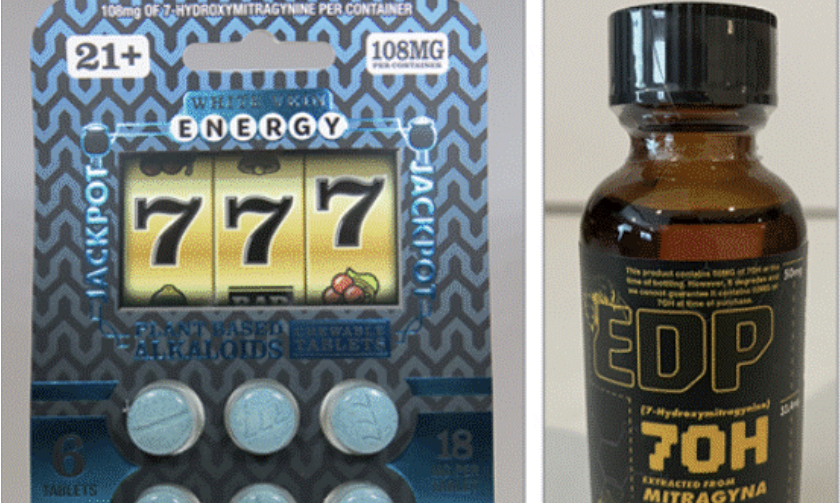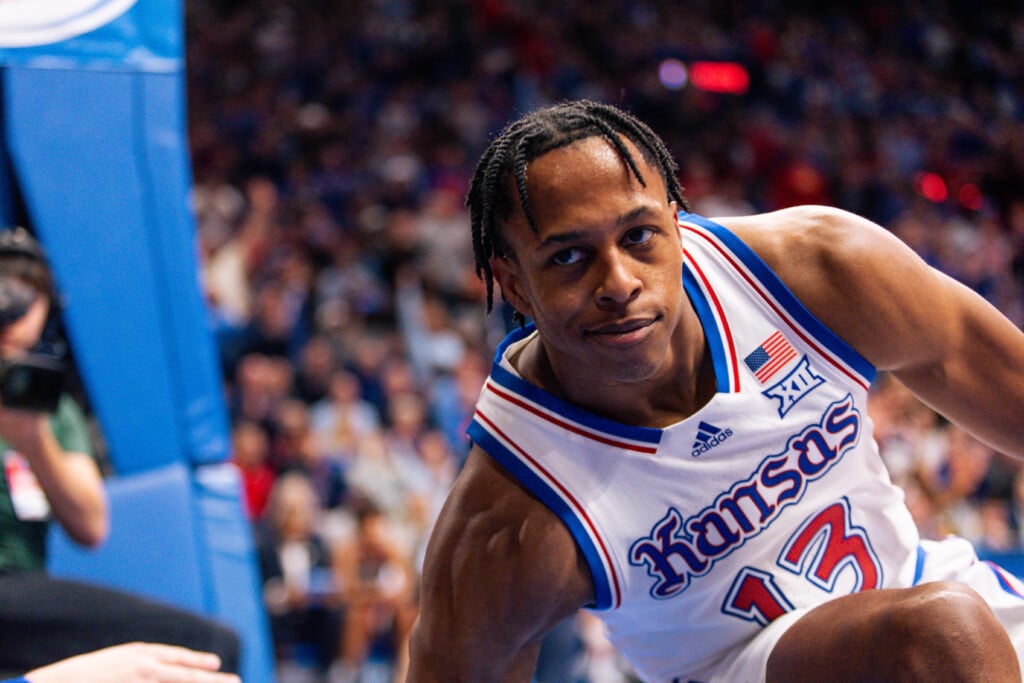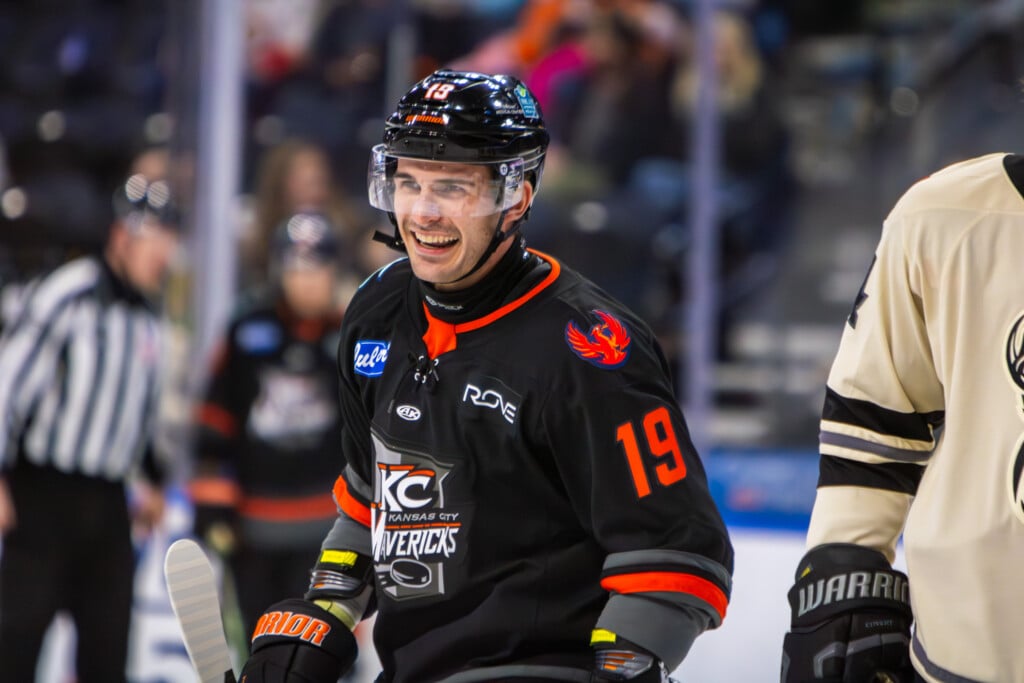A Tender Trap

In 1998, Frank Sinatra didn’t die — he just joined Humphrey Bogart, James Dean, Marilyn Monroe and Elvis Presley in that exclusive society of celebrities who keep coming back from the grave.
This past fall, a virtual Sinatra crooned at New York’s Radio City Music Hall in the necrophilous Sinatra: His Voice, His World, His Way. Through technology that blew away the trickery that made a dead Laurence Olivier a cast member of the London musical Time over a decade ago, Sinatra more than just “appeared.” He sang, talked and even moved across the stage — creeping out just as many as were entertained.
Sinatra’s repertoire, though, is a treasure chest that popular music should never retire, and it’s the playbook for My Way: A Musical Tribute to Frank Sinatra at the American Heartland Theatre. Directed with verve and energy by Missy Koonce, the show avoids the formulaic greatest-hits-revue straitjacket thanks to performances by local actors Teri Adams and Phil Fiorini and New York imports Terrence Rodgers, Christina Marie Norrup and Nat Chandler.
The show kicks off with “Strangers in the Night,” delivered at first from five corners of the theater. As the singers inch closer to one another, the element of strangeness evaporates, replaced by a circle of charmers bonded by canned conviviality. The audience is made to believe it has been afforded a VIP pass to an intimate evening of Sinatra music and lore. The latter is terse to the point of kitsch (“What can you say about a man who began as the child of Italian immigrants … and became a living legend?” one actor asks). Still, it’s the music that makes the night. More than sixty tunes are given the themed-medley treatment, leading to some awkward combinations.
A cities medley, for instance, offers “I Love Paris,” “Chicago, Chicago,” and, in a bit of a stretch, “South of the Border.” A medley called “Love and Marriage” (like a horse and carriage, according to the song, though Sinatra’s track record would more accurately tag the two oil and vinegar) unites “The Tender Trap” and “Witchcraft.” As badly named as it is, the “Songs for Survivors” medley at least includes “The Best is Yet to Come.”
The show gets everything right at the top of the second act. Sipping (presumably) faux bourbon, the cast gets under your skin with a series of drinking songs best heard near last call. Think Sinatra singing in his fedora under a haze of cigarette smoke and you understand why the three male singers light up for “One for My Baby” and accommodate the ladies for “It Was a Very Good Year.”
Three public performances into the show’s run, the cast shared moments of lovely delivery alternating with some frayed notes and sporadic sound problems. (The microphones were popping on and off at inopportune times, especially in Norrup’s case.) When all five landed a perfect vocal dismount with the climactic “My Way,” it made the song a most vivid tribute to Sinatra’s endurance as a pop icon. If the show ultimately provokes a longing to hear Sinatra singing these numbers, it’s not a slam to the actors here. Rather, with gems such as “Summer Wind,” it’s a statement of fact that nobody did them better.
Postscript: For the past few months, Late Night Theatre’s Ron Megee and friends have made Balanca’s at 18th Street and Grand the place to see and be seen on the last Sunday of every month. Called Late Night’s Seedy Side Show, December’s entry (the first I’ve been in town to catch) was simultaneously a thoughtfully conceived salute to such drag performance artists as Leigh Bowery and a hack job — a complete deconstruction of the art form. It’s certainly the weirdest — and funniest — drag show one is likely to witness in these parts.
Megee, alternately dressed as a skinny Elton John and a cross between Alicia Keys, Tori Amos and Jewel, shared hosting duties with De De Deville, whose deadpan version of “The Hustle” (which, think about it, doesn’t have any lyrics other than do the hustle) was brilliantly banal. Also on the bill were Late Night veterans such as David Wayne Reed (looking like a secretary circa 1983 after someone’s told her she looks like Margot Kidder) and Johnnie Bowls, who took a drag-bar standard — Tina Turner’s “Proud Mary” — and made it a desperate cry for attention.
The pièce de résistance was the performer whose stage name is Miss Twat LaRouge. For an hour before the show, his head was veiled by netting, as if the Elephant Man were attending a wedding. That’s because he was hiding an extraordinarily large mask that was probably 3 feet across and as bulbous as his padded ass. Needless to say, it was quite a jolt when it was revealed for a version of Britney Spears’ “Oops! I Did It Again” that sounded as if it had been recorded on a night tainted by a devilish bout with flatulence.




